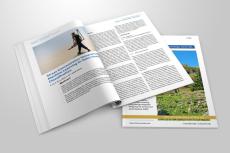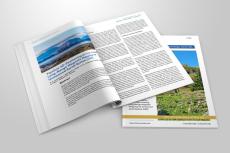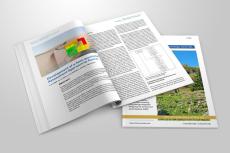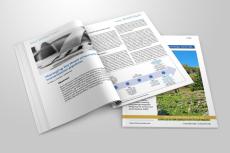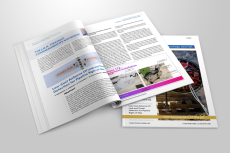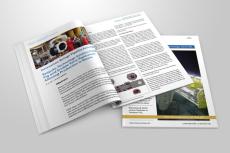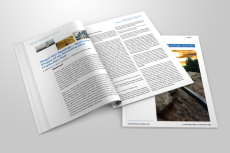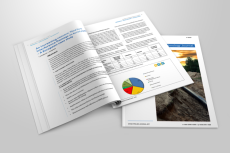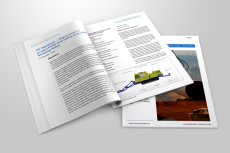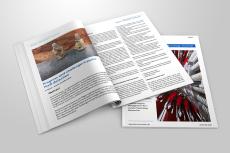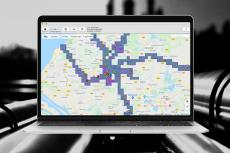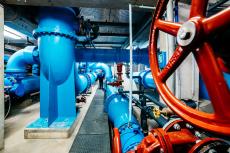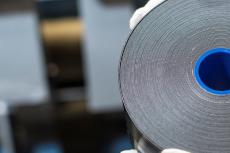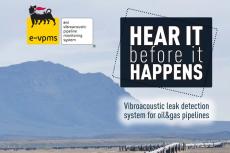How to see what cannot be seen within a Disastrous, Highly Corroded Subsea Gas Pipeline during Repair and Pre- Commissioning Process
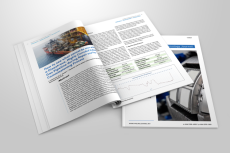
How to see what cannot be seen within a Disastrous, Highly Corroded Subsea Gas Pipeline during Repair and Pre- Commissioning Process
Repairing a subsea pipeline has its own special challenges. It goes from levelling the pipeline inner pressure with seabed pressure at depth of damage, to cutting the line, installation of smart flanges and spool pieces, and finally going through pre-commissioning steps and miscellaneous pigging operations. During all these steps, it is inevitable...


